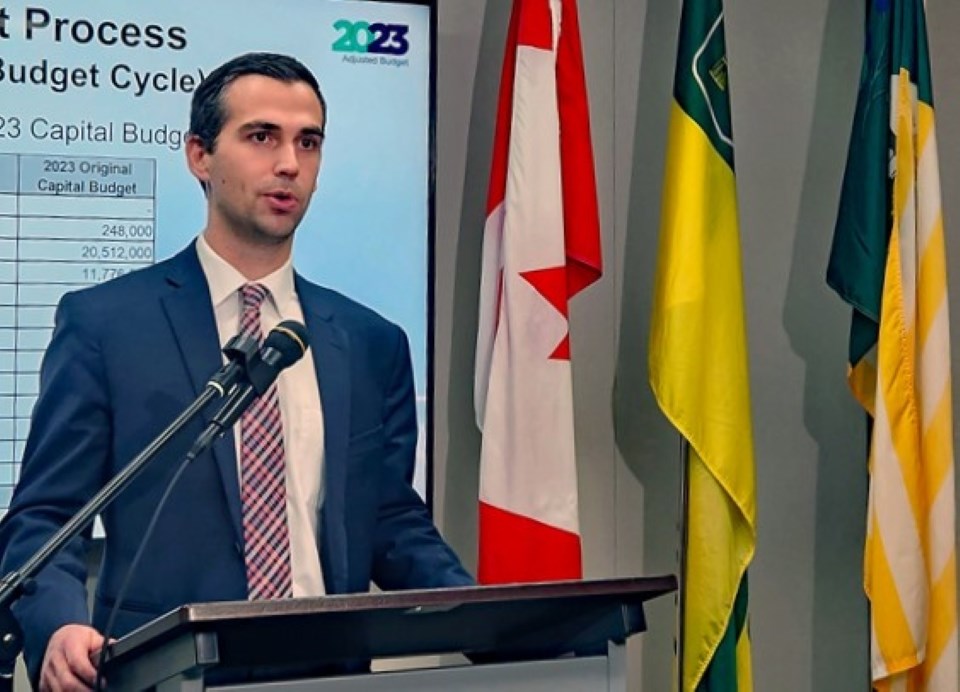SASKATOON — City chief financial officer Clae Hack said transparency and long-term planning are key to delivering the essential and affordable services residents rely on, as Saskatoon continues to face inflationary pressures and rapid population growth.
“We’re sharing these early forecasts to be transparent about the financial realities facing the city. While we’re confident these early forecasts won’t reflect the final 2026-2027 budget, they do provide important context around the city’s financial needs as we begin building additional scenarios for city council to consider during its final budget deliberations this November,” said Hack.
On June 11, city administration will present its preliminary financial forecast for 2026 and 2027 to the Governance and Priorities Committee. The early projections include increases of 4.4 per cent and 3.9 per cent in the civic operating budget (excluding police) to maintain existing service levels and respond to inflation and growth. An additional 1.5 per cent in 2026 and 1.8 per cent in 2027 would support major infrastructure and service projects, including the Link Bus Rapid Transit system, the East Side Leisure Centre and two new fire halls.
The Saskatoon Police Service is also facing notable budget pressures, with forecasted increases of 10.4 per cent in 2026 and 6.4 per cent in 2027. Despite these challenges, Hack emphasized the city’s commitment to finding savings while delivering quality services.
“We continue to work diligently to identify cost savings and efficiencies, as highlighted in recent independent audits and the city’s annual 2024 Service, Savings and Sustainability Report. During our internal review, we reduced future discretionary budget expenditures by over $9 million in 2026 alone,” said Hack.
City revenues are expected to grow moderately – 3.5 per cent in 2026 and 4.1 per cent in 2027 – driven primarily by Saskatchewan’s municipal revenue sharing grant and increases in general revenues. However, these gains are insufficient to fully offset growing expenditure needs.
As a result, the forecast anticipates property tax increases of approximately $22 per month (9.9 per cent) in 2026 and $18 per month (7.3 per cent) in 2027 for an average assessed home value of $397,000. Over one-third of these increases are linked to the police service budget.
To help manage the impact, the committee report recommends that administration continue efforts to reduce the projected tax increases by at least one percentage point each year. It also calls for the development of alternative budget scenarios ahead of final deliberations in November 2025. Through these efforts, Hack reaffirmed the city’s commitment to responsible fiscal planning.
“Our goal remains clear: to provide essential, affordable services to the residents of Saskatoon, while navigating complex financial realities with transparency and care,” Hack said.




